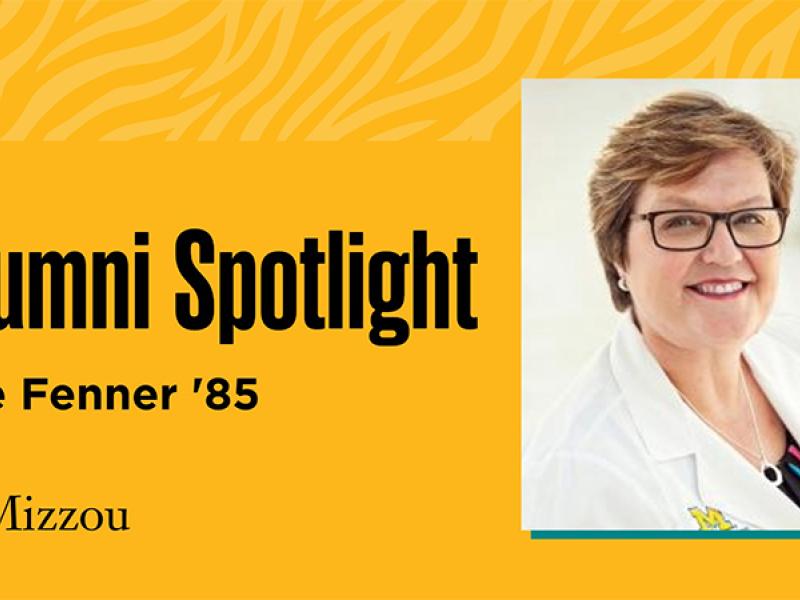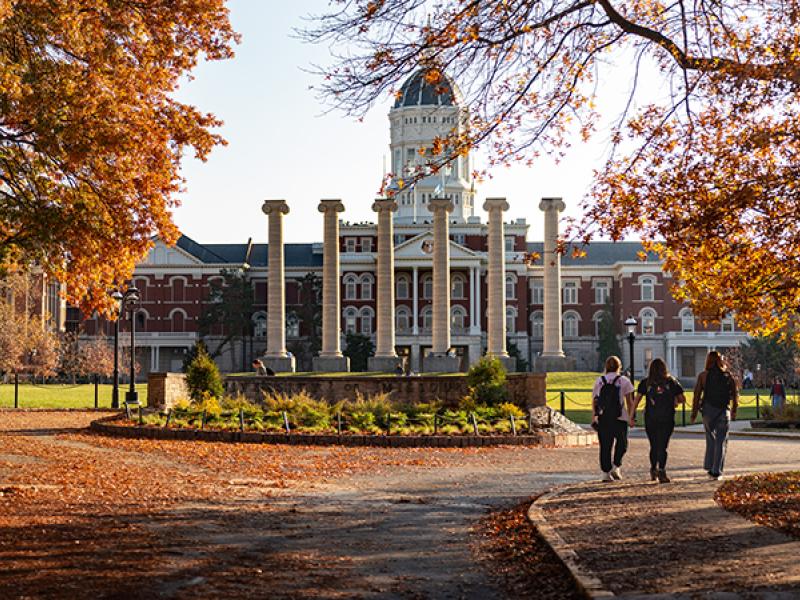Dear Colleagues,
I was in Sedalia recently for the Missouri Cattlemen’s Association annual meeting with President Mun Choi and several other MU deans. On the way into and out of Sedalia, a sign caught my eye that said: “MU Health Care: Air Evac Lifeteam” with our MU Health Care logo. As I was leaving town, I pulled in for a spontaneous visit.
I was greeted by one of our MU Health Care medical flight nurses, Chris Cooke, RN. He was on call for that shift along with the pilot who works out of a building next to the helicopter pad where one of our MU Health Care helicopters is based.

I learned from Chris that the station in Sedalia is one of four MU Health Care Air Medical Service stations that surround our main operation site in Columbia. The others are in Moberly, Osage Beach and Kirksville. Chris told me they have one to two medical air evacuations a day that are flown almost always to University Hospital in Columbia. In fact, he had just finished returning from a Columbia mission. At the Sedalia site, Chris and a team of flight nurses, flight medics and pilots alternate shifts to make sure the base is always mission ready.
When I was a doctor in the U.S. Air Force, air evac was a big mission. I was stationed for most of my duty time at the U.S. Air Force hospital in San Antonio, Texas, and the big air evac planes would arrive every day at Kelly U.S. Air Force base from around the world to bring the sickest of the sick patients to our military tertiary care center.

I was very proud to be in the military corps and at a hospital where we could serve our nation by taking care of patients flown in for care. I recall being a medical resident on call and waiting for the daily arrival of the air evac transports and admitting those patients to the military medical center.
I am equally very proud to be the leader of MU Health Care, which serves a very similar purpose for central Missouri. We are often the medical destination for critical patients from our region where they can be sent for outstanding and lifesaving medical care.
It gave me a very good and somewhat nostalgic feeling to talk to the new generation of air evac health professionals like Chris who are dedicated to helping patients in rural Missouri. We should all be proud of our flight nurses, flight paramedics and pilots who work tirelessly every day to serve the health care needs of all Missourians.
Sincerely,

Richard Barohn, MD
Executive Vice Chancellor for Health Affairs
University of Missouri
rbarohn@health.missouri.edu





